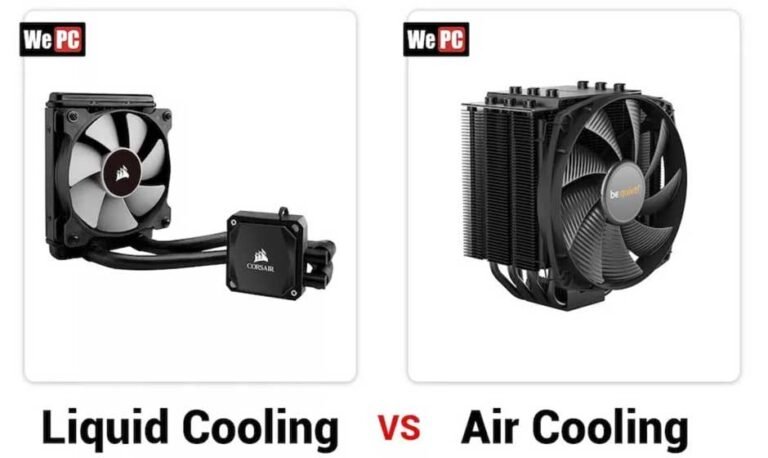Selecting a utility vehicle involves considering the engine’s cooling system. This aspect significantly impacts performance, lifespan, and efficiency. Two types exist—air-cooled and liquid-cooled rough terrain vehicles (RTVs).
Each type presents unique positives and negatives to bear in mind when deciding what suits specific requirements best. Understanding their various cooling strategies aids in determining which system brings about improved effectiveness for work use or simple enjoyment.
How Air-Cooled RTVs Work and Their Benefits
Air-cooled rough terrain vehicles (RTVs) use fans and fins to push out heat into the surrounding air. This setup is simple—no need for coolant, radiators, or water pumps—which makes these engines lightweight and easy to maintain. Since there’s no liquid cooling system involved whatsoever, leaks are also rarer.
Now, think about scenarios related to the loss of coolant, which causes overheating—not an issue with this model. A blocked radiator causing a maintenance headache? That’s not going to happen, either!
But what’s great in winter could be problematic during the summer months. When it comes to handling extreme heat, airflow alone might not be enough if usage is prolonged or speeds decrease.
How Liquid-Cooled RTVs Function and Their Advantages
Liquid-cooled RTVs employ coolant and a radiator to keep the engine temperature in check, providing more accurate thermal control. This approach keeps the motor’s temperature steady during tough jobs or hot weather conditions, helping reduce the chances of overheating.
The effectiveness of liquid cooling paves the way for greater power output while improving fuel efficiency—making these vehicles an ideal pick for those needing rock-solid performance even under severe conditions. However, such engines demand extra maintenance, like changing coolants periodically and cleaning radiators, which can increase long-term expenses.
Efficiency Considerations for Different Applications
In terms of efficiency, the right choice hinges on the intended use. Air-cooled RTVs shine in environments where simplicity and dependability are valued—for light tasks, occasional usage, or colder areas.
Liquid-cooled RTVs take the lead when it comes to hard work that spans long hours under extreme temperatures. They stand up well thanks to their ability to keep engine conditions optimal consistently. This makes them a preferred option if there’s a need for steady power and durability.
If someone uses their rough terrain vehicle often with heavy loads at high speeds, liquid cooling might be what they need, as it boosts both engine longevity and overall performance.
Which Cooling System Is Best for Diesel Utility Vehicles?
In diesel utility vehicles, liquid cooling often gets the nod. It shines when dealing with high torque and long hours of use. Diesel engines create more heat than their gasoline counterparts; hence, a system that cools using liquid excels in maintaining efficiency and preventing engine wear.
While air-cooled diesel RTVs exist, they’re not as common because heavy loads or extreme conditions can pose a challenge. Liquid cooling helps these powerful diesels perform at full capacity—it’s no wonder commercial entities and industrial operations prefer them.
Conclusion
Air-cooled and liquid-cooled RTVs each have their benefits. However, achieving efficiency depends on the specific usage needs. If prioritizing low maintenance or lighter use, an air-cooled system could be just right! But if performance is key under demanding conditions, liquid-cooled engines have it covered!


